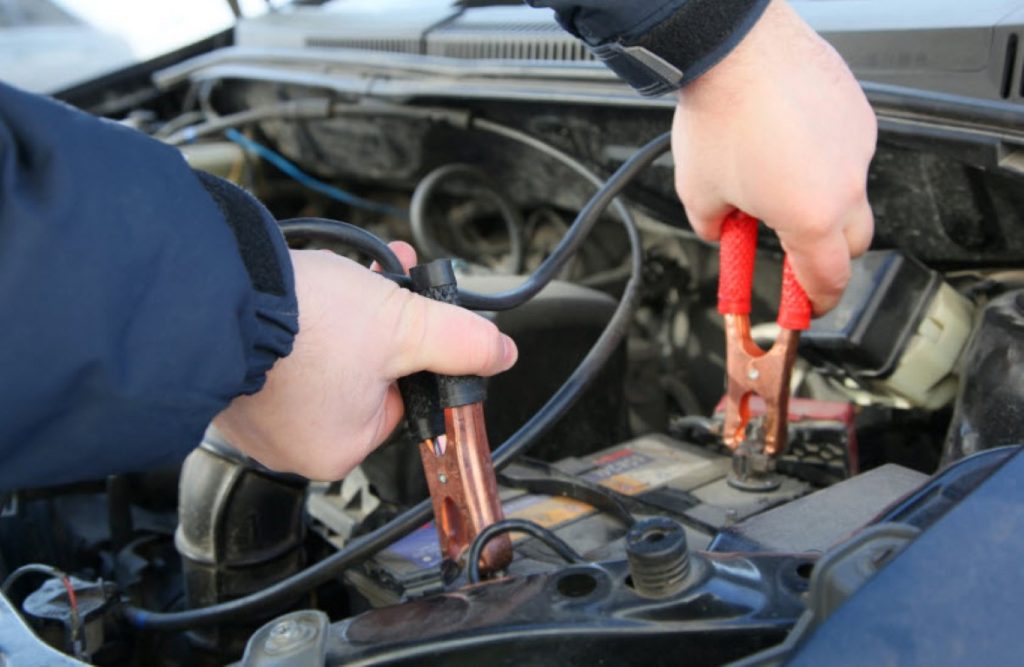The lead acid battery in your car has a limited lifespan. On average, it can last for about 42 months before losing its ability to hold enough charge for starting your car. Of course, the actual lifespan will vary depending on the climate where the car’s most used in, the lengths of the drive, and the charging circuit’s performance, among other variables.
How then can you, as the vehicle owner, get the most life from your car’s battery? Here are basic tips to consider.
Increase Your Drive
Every time you start your car, its battery will be put to work and then recharged by the engine while you drive. For this reason, driving a short distance will not allow the battery to fully regain its power loss – and if it’s repeated on a frequent basis, especially daily, there will be a steady decrease in battery voltage. If that happens, the battery won’t be able to start the car.
You should then consider increasing the frequency and distance of your drives, if not on a daily basis, then on a weekly basis at least. But if you can’t do so, it makes sense to buy a battery charger to maintain the right voltage.
Clean the Battery
With a dirty battery, the buildup of dirt, dust and grime can be discharged across the top of the battery’s casing. The likely result: A mild short circuit that, over time, can flatten it and render it effectively dead. You should then ensure that the top of the battery is clean and dry; regular checking is a must.
The battery terminals are also subject to corrosion. A clean battery, however, will delay the corrosion and extend the battery’s lifespan.
In most full service car wash, such as Delta Sonic, the staff can clean the engine bay including the battery. If you’re unsure about proper battery cleaning, you should consider this option.
As a DIY job, it’s easy to clean the terminals. Dip an old toothbrush in a mixture of water and baking soda and scrub the terminals with it. Rinse off the mixture with cold water from a spray bottle and thoroughly dry the terminals with a clean cloth.
Be sure to keep the battery as tightly fastened as possible. This way, the effect of the car’s vibration on the battery can be decreased; the vibration can damage the battery’s internal parts, cause short circuits, and decrease its lifespan otherwise.
Tip: Tighten the nuts until such time that the resistance starts. Then, turn the nuts an extra half-turn only.
But when your car’s battery needs replacing, don’t hesitate to do so. You don’t want a dead battery in the middle of nowhere!
